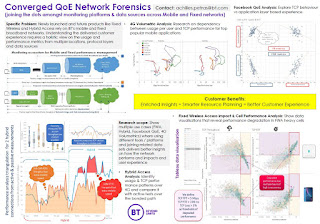
Speaker: Professor Mike Payne, Cavendish Lab, University of Cambridge
Title: How on earth did I end up doing this?”
Professor Mike Payne from the world famous Cavendish Lab, University of Cambridge presented our latest thought leadership event.
Mike took us on a tour of his career – which he honestly said wasn’t the career he planned!
Talking about Quantum mechanical modelling; Developing methodology; the commercialisation of CASTEP (Cambridge Sequential Total Energy Package) and the key influencers who have made the biggest impacts on his career. Mike also talked about relationships between academia and industry and how important this is, including his involvement with Cambridge Enterprise, where he advises academics about technology transfer. He also explained how Pembroke College has made their Corporate Partnership Programme scheme a success and where BT is the longest standing partner – of which Mike is BT’s corporate Fellow.
Please get in touch if you would like to explore the world of physics with Mike Payne or Sarah Mackenzie











